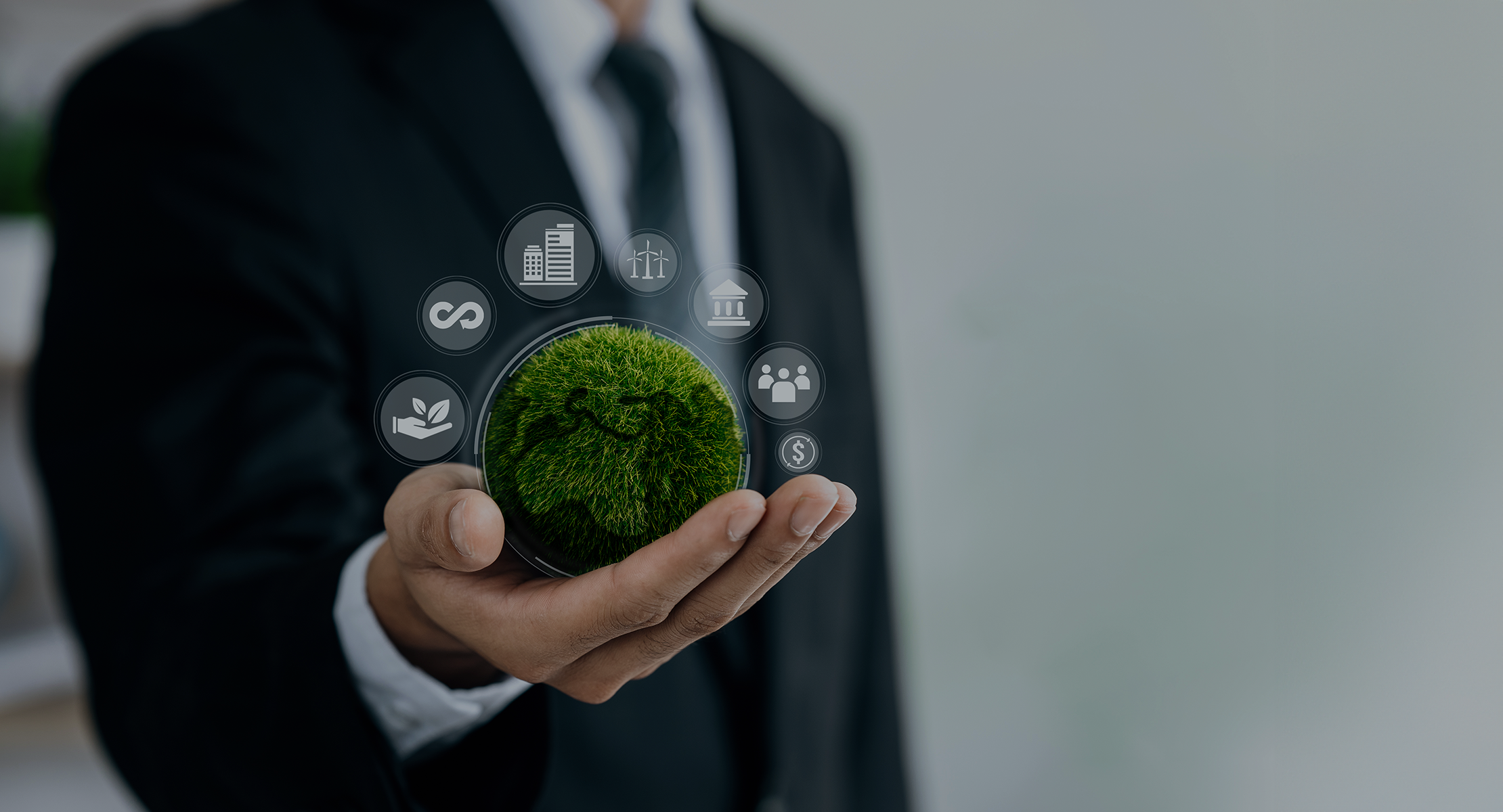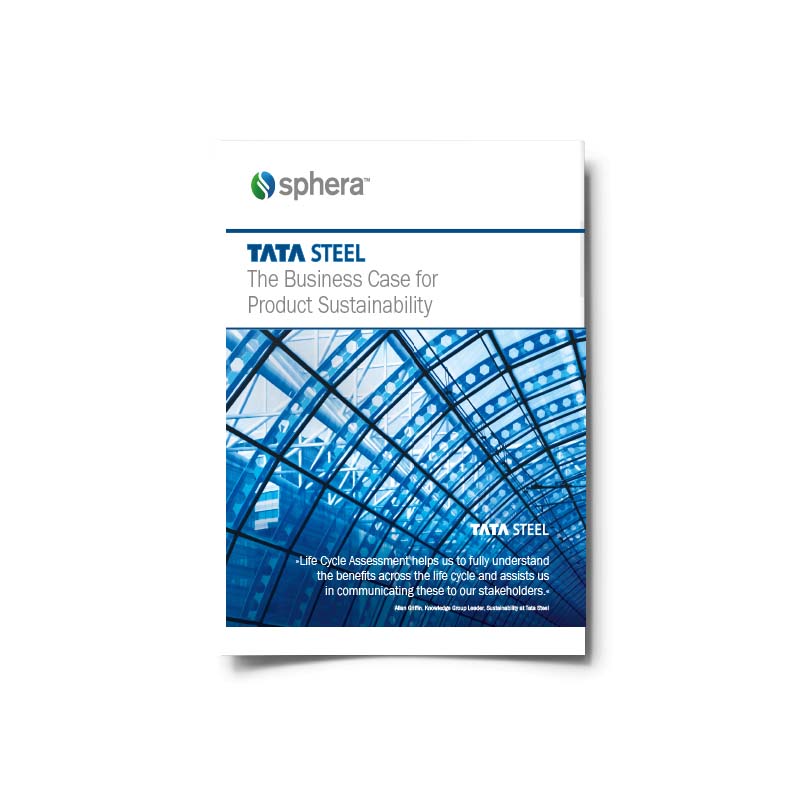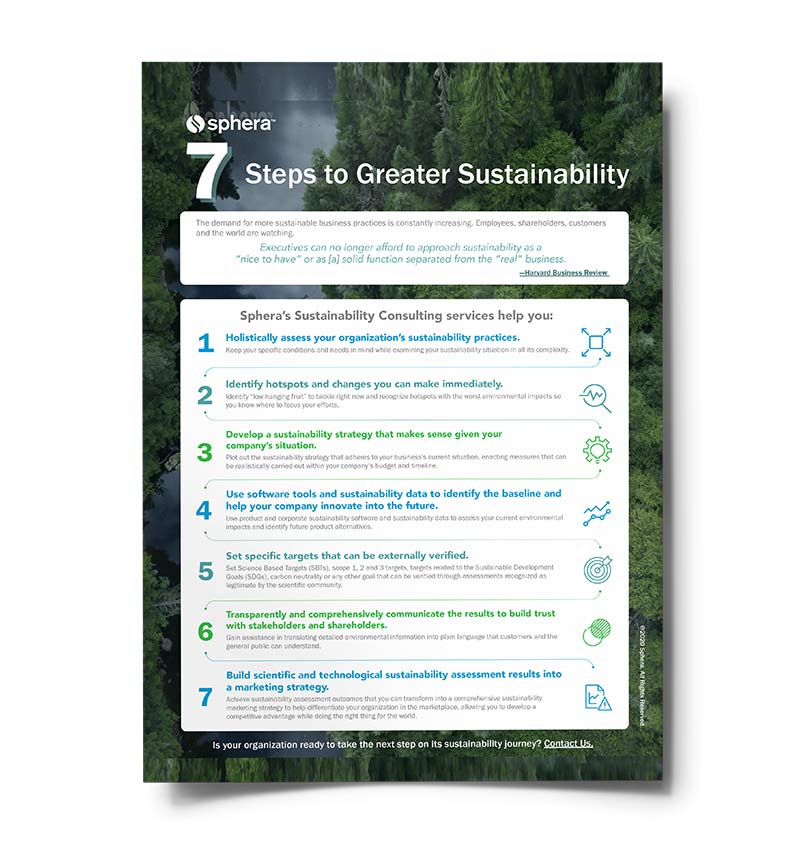What Is the Environmental Impact of the Internet?
Introduction
In these difficult times of protests, social distancing and online business interaction, it’s easy to avoid thinking about the fact that what we do on our computers and on other Internet devices has an impact on the environment. In fact, all actions that we take and all areas of our lives result in environmental impacts. That may seem counter intuitive. How could walking through the forest, for example, have an environmental impact? When you walk through the forest, you are burning calories. Those calories came from the food and beverages you consumed. Those foods and beverages were in some way extracted, produced and delivered to you—all of those things have an impact on the environment. You are also taking in oxygen and emitting carbon dioxide when you breathe. The path prepared for you to walk on was created consuming energy and, sometimes, through processing materials. The shoes and clothing you are wearing as you walk through the forest were also manufactured and delivered. So, as you walk, you wear down your shoes and your clothing—however slightly—and eventually you’ll have to buy new ones. After walking through the forest, at the end of the day you are likely to put some of the clothing you wore into the wash. That consumes electricity and water and detergent. All of these things have impacts on the environment. The same is true when we use the Internet—it has an impact, we just don’t immediately recognize it.
Using the Internet
Walking is similar to browsing the Internet and using data. Each page you look at, every video you watch, every song you download consists of data. That data has to be produced, stored and made available. It also has to be transferred to your computer. You don’t really see all of this happening, so it’s hard to recognize that what you are doing has consequences for the environment. You don’t see the impact like you would with plastic bags in the oceans. But it’s out there in the real world. It may not appear physically present to you, but it is still there.
To structure our discussion about the environmental impact of the Internet, let’s distinguish between four layers. The first layer includes the physical machines, the computer and servers where data is stored. The second layer is the physical data center where those machines are located and maintained—the facility. The third layer is the data service provider, typically a telecommunication company, which provides the data-based services to you or to companies.
All data serves a purpose. It does something, has a function, provides a value, has a reason for existing. There is a business case for its existence. To profit from that business case, you have to receive the data and enable the function with end equipment. That’s the fourth layer, the access to the data, normally through equipment, your PC or a handheld device. This last layer enables the intended function or service to come to life. Let’s examine each of these four layers now to fully understand the impact of the Internet on the environment.
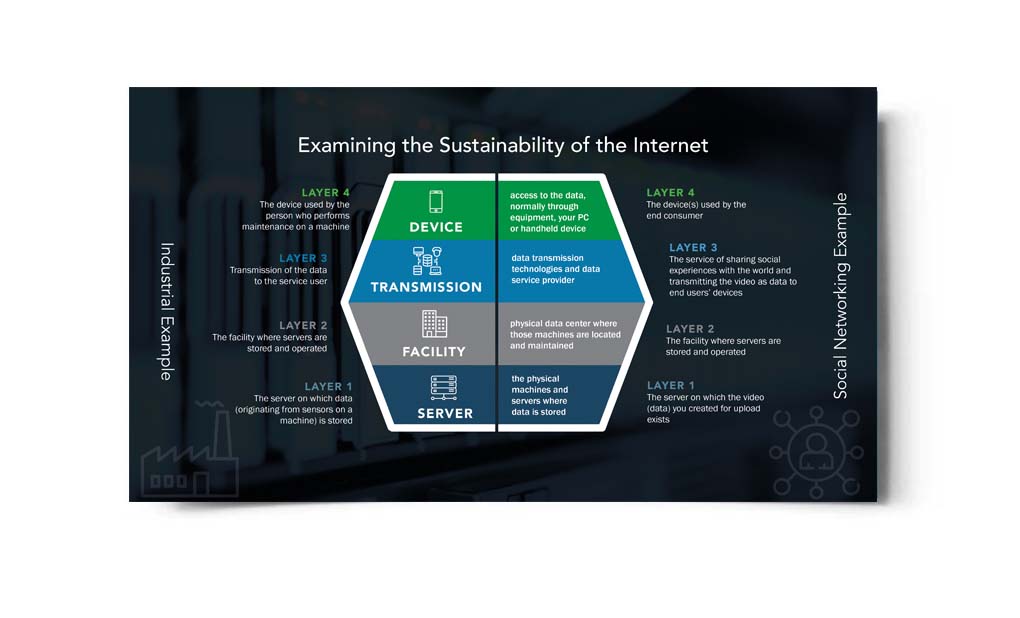
Layer 1 – Storage of Data
When you search the Internet, everything that you keep in your e-mail, on your social media pages, in the cloud or anywhere else online is stored on a server as data. And it’s usually not just one server, but many, independent of whether you are storing your data personally on a server at home or a company does this for you in the cloud. Running and maintaining these machines consumes electricity. And usually they need to run 24 hours a day, 7 days a week, 365 days a year, including leap year. Running these servers creates heat, so they need to be cooled, also consuming electricity. So, if we are going to talk about the sustainability of these machines, we have to talk about their efficiency and the electricity sources powering and cooling these machines.
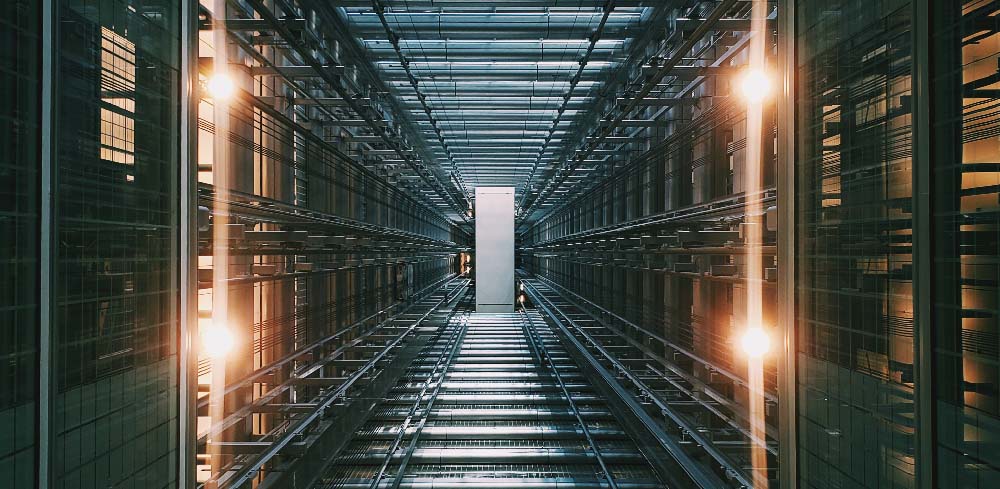
Is the electricity coming from a green source? Or is it generated through coal power plants? This information is critical to understanding the impact of these machines on the environment, as the environmental impact of their use stage dominates the impacts of their entire life cycle.
But servers have to be produced before they can be used and often—due to performance demand—they come to their end of life before they are broken or damaged. The manufacturing of a server means energy consumption, but it also involves material extraction and processing. Electronics production is a high technology, which includes the need of energy-intensive clean room conditions and the production of billions of transistors of nearly invisible dimensions, measured in nano-meters. And it needs elements with high levels of purity. You might never even have heard of such elements as tantalum, osmium, indium, germanium or gallium. The environmental impact of producing electronics is high, and it is one of the most effort-intensive sectors in industry. When it comes to the end of life, re-use and recycling of electronics, it becomes a challenge. Often servers (and electronics in general) are disposed of rather than being kept in the loop, which would have avoided the environmental impacts of producing electronics to serve the same purpose again.
Layer 2 – The Data Center (the Facility)
Next, we need to examine the actual facilities where the servers are housed. It is expensive to set up a data center. You have to either build or repurpose a building. The construction and refurbishment of a facility has an environmental impact—cement, pipes, steel, cables, vents, etc. You also need an incredible amount of energy to cool that space once it’s constructed, because the biproduct of all the running computers, as you know from your own computer, is heat. So additional electricity is necessary for an intensive and well-designed air conditioning system. In addition, the data center needs to secure power 24/7, typically enabled via un-interruptible power supply systems or systems for redundant electricity supply. Therefore, a lot of environmental impact is connected with the data center itself.
Layer 3 – Data Traffic & Service
Data on a server that is not being used does not have any effect. Therefore, the data must be transferred to the point of purpose or use. The data traffic is managed via a long list of equipment and cables and technologies that enable landline-based and wireless-based data traffic. This is what we call the network or the net or the Internet. There is a direct environmental impact from producing and running the network equipment, comparable to the server as explained in layer 1. A meta study found out, by focusing on electricity alone, that there is a power consumption range of between 0.06 kWh / GB and 136 kWh / GB when data transfers, something equivalent to between leaving a 60 watt incandescent bulb on and driving a mid-sized electric car, both for an hour. This is only applicable for landlines and excludes the additional network for mobile devices. This shows the complexity of the system and that it is difficult to quantify the environmental impact.
So, there is this huge data traffic management system, a network, pushing the data out to where it needs to be used, when it needs to be used. The data that arrives enables the user to do “something.” And this “something” can have a positive or a negative environmental impact. You can use the data to create efficiencies that have a beneficial impact on the environment, or you can use the data in a way that causes more damage to the environment. As an example, if you go shopping online for shoes, you avoid your own single journey to the store, and your shoes are delivered through a highly efficient delivery system, so you probably end up causing less environmental impact than if you had driven your car downtown or to a mall. However, if you purchase 4 different sizes of shoes online, because you just want to be sure that one of the sizes fits your feet, and you end up sending 3 pairs back, you are, through that data, causing unnecessary environmental damage compared the impact from having gone shopping in a car yourself.
Now we see how critical your personal online choices and every company’s business model are for how data impacts the environment.
Layer 4 – The End-Use Equipment
The end-use equipment is anything that gives physical presence to the purpose of the data. It could include anything from your smart phone to your computer to a data-controlled traffic light. Layer 4 represents the use of the data that is delivering a service.

This last layer may need some clarity, so let me give you two examples. One example is the part of a machine tool that tells a company when to do maintenance on that machine. The data provides the service of predicted maintenance—enabled via sensors and actors (layer 4 equipment)—that finally informs the company about the optimal maintenance time interval. The service ensures the highest efficiency and avoids unnecessary efforts and thus reduces environmental impacts.
A second example shows the opposite case. Recently I bought an air fryer (like a deep fryer, only it fries with air instead of oil), which offered as an optional function the ability to control the fryer via WIFI. This additional function, and its related electronics, belongs to layer 4. But such a data-based service is questionable, because you always have to load and unload such a fryer, so you are already standing in front of it in the kitchen. In other words, you have to touch the machine anyway. So where is the real benefit from a remote WIFI function if you have to stand in front of the machine?
In summary, layer 4 needs materials, parts, components and products to allow the data to enable its intended services. In the end, there is no service without the hardware, so the end consumer’s equipment has to be understood as part of the Internet’s impact on the environment.
The Demand for More
Data plays a role in everything, in both private and public life. Data is pervasive, and we use data for different purposes and in different personal situations. The demand for more data and more use of that data is growing exponentially. It is so easy to access and use data and the cost of doing so has become so cheap, sometimes even free, for the end user. As a result, anywhere and at any time, users can experience an almost endless number of data-driven services, such as entertainment, e-learning, virtual tools, online shopping, etc. That means that every end user is constantly thinking about new end-user equipment, which will provide a more immersive experience or at least help them to access data-driven services with up-to-date equipment that performs the necessary function.
Also, business-driven services require additional and high performing end-use equipment more than ever, and the demand is constantly growing. Industry 4.0 is the most massive data-driven, business-to-business service that we’ve ever seen before. The reason is that anything and everything in the real world can get simulated. Just to mention a few examples, there are digital twins, simulated fabrics and virtual realities that not only need servers to store and manage data, but require end-user, cable-based or mobile equipment, with a higher performance to withstand the demand for calculating and visualizing.
As data services are already often free of monetary costs, or perceived to be less expensive, the rebound effect takes place. The rebound effect is when production of the product (or service) becomes so inexpensive that more and more people can afford to purchase or use the product or service, resulting in a higher overall number of consumers, with higher total consumption. Even though each single unit has a much smaller environmental impact, the overall impact to the environmental increases because more users are using the product or service. The data rebound effect also causes a growth in hardware demand. The hardware demand increases resource consumption. So now you should see the link between the cost-free virtual data services and the depletion of natural resources.
And if we return to the layers as described before, the data that has to be transported (layer 3) and requires higher bandwidths, faster downloads and real-time speed. Each new generation of technology, for example in the mobile phone industry, is a redundant technology generation that is added on to previous generations (G3, G4 and now G5). We are not substituting former versions, not even for the base stations (the receivers and senders often attached to towers to communicate with your mobile device). Individually each of these new technologies are more efficient, but there is a huge growth in total hardware demand and more total energy demand to run the equipment.
Finally, layer 1 and 2 show the most growth. Every day a new data server center is installed and goes online. Data storage and data availability are as business relevant as they are relevant to each of us. No one wants to dispense with smartness in a smart home or interrupt a movie at the peak of the most thrilling scene. If a server goes down, that’s the end of the show. So, businesses are keen to prevent service interruption. Server center buildings need to be designed to withstand future demands, demands in performance as well as in physical space. Sometimes the buildings are oversized and after they first install the equipment, there is plenty of empty space in the building, just to be ready for new racks and additional storage systems for the anticipated future demand.
IT is still governed by Moore’s Law, which says that semiconductors will double performance and reduce by half in size every 18 months. Amazingly, data storage businesses are actually outpacing Moore’s Law, meaning their growth is steeper every 18 months and the demand for new servers is higher than the improved semiconductors can support. In other words, more and more servers are necessary to support the demand.
Technical Solutions
Performance and cost drive the Information & Communication Technology (ICT) and the Internet markets. Customers expect equipment and data traffic to cost less per unit, while providing more performance, in order to remain competitive. Certainly, there are many innovations focused on higher efficiency, higher performance with less losses to decrease the cost per unit, inevitably resulting in less impact on the environment. So much is happening and the industry is so dynamic, with its innovations, exchange cycles, technology expansion, increase of redundancy and efficiency as well as new service ideas and offerings, that only some examples here can really describe the improvements, including those made to improve environmental impact.
In layer 1, on the macro level, for example, servers have software installed that virtualizes the hardware, allowing the server to run at its optimized performance level, adapting to the demand, avoiding idle time and therefore unnecessary energy consumption. On the micro level, the gate width of transistors has reached a dimension of 7 nano meters, already in the dimension of a few hundred atoms. That means that single transistors, and their on-off stage, are approaching Heisenberg’s uncertainty principle, in which we cannot exactly measure the position and the velocity of an electron at the same time (quantum physics). We are getting into quantum dimensions of uncertainty and yet semiconductor providers are still doubling performance and halving the size of chips about every 18 months, enabling more performance at the same or lower cost and with less energy loss.
In layer 2, one example is the alternative cooling mechanisms for server centers. In order to reduce energy demand, companies consider dropping the service centers into the deep sea, installing them up in the mountains or in artic areas, providing cooling with zero (or with far less) energy demand than if they had located them elsewhere. Alternatively, there is the idea to take the heat created from the servers to provide other business with heat, like for heating buildings, brewing beer or heating a greenhouse in winter, rather than simply wasting that heat or trying to eliminate it through cooling. A nice side effect is that these ideas have the opportunity to reduce the environmental impact for other industries, as such heat comes free of environmental burdens.
However, by far the biggest possibility for lowering IT and ICT impacts is to look at what data services enable in terms of user guidance and education, substitutes, efficiencies or avoided impacts. Remember, IT and ICT improve our lives and our businesses. So, just to name a few environmentally relevant examples, the GeSi‘s SMARTer2030 Report shows how IT can decarbonize the energy sector, improve the future of buildings and living, use smartness to feed a growing world and enable mobility and connectivity much easier than through physical transportation.
Achieving Zero Impact Means Enabling Circularity
The European Commission’s European Green Deal and several large international companies claim that their facilities and entire product portfolios will achieve net-zero emissions by 2030 or 2040. This shows how much IT and ICT technologies will need to step up their own sustainability and actively engage in reducing environmental impacts for businesses and services.
As I have explained above, the Internet is neither green nor close to having a zero-carbon impact. A zero-carbon society with a zero-carbon Internet requires, as a first step, zero-carbon electricity. Because most equipment, and the layers described above, consume electricity during their use, that equipment seems like a low hanging fruit. We also learned that many types of equipment and hardware are involved. They also play a role in providing zero-carbon IT. However, electricity is not the only thing that is required to produce hardware. Electronics consume almost every element from the Earth’s crust, and almost no company delivers net-zero emissions metals or elements to the market today. Only a few stakeholders for certain metals already communicate about supplying zero-carbon solutions, such as hydrogen direct reduced (HDR) steel or zero-carbon aluminium.
Consequentially, Circular Economy is the only approach to net zero in a market without zero-carbon materials. To achieve net-zero emissions targets, we need to move equipment, gadgets, servers and data centers into a circular economy. That means, we need to keep all equipment and hardware in the loop once produced. The hierarchical approach to preserving value in closed loops includes, in the order of the level of value preserved: (1) re-use, (2) re-furbishment, (3) re-manufacturing and (4) fully re-cycled hardware, the lowest value preserving option. Calling the Internet green will mean that all 4 of the layers I describe will need to achieve a new normal.
Conclusions
The Internet is not virtual, it consumes energy and needs hardware for all 4 layers outlined above. It’s a highly dynamic system with extreme growth that will demand a lot more power and hardware in the future. Data and Internet services can make systems more efficient and enable us to live better with less of an environmental impact. But the rebound effect—the enormous increase in volume of IT consumers due to greater affordability—can counter the potential for reduced impact.
Consumers can do something about it, if they…
- use services with awareness and are conscious of the related impacts they cause (nothing is for free);
- purchase and consume equipment and gadgets (only when necessary) with the awareness that there are consequences throughout the life cycle of these products. For example, the impact of manufacturing a smart phone is roughly 80% of the total environmental impact. Charging the phone throughout its lifespan only amounts to roughly 20% of the total impact of that device (excluding the data and data traffic provided to the phone);
- ask for more comprehensible facts. That means everyone should be enabled to ask critical questions about how the IT products and services they consume are produced and are run. Consumers should know where the electric power throughout the supply chain comes from, how green it is, where the materials come from and how the equipment providers actually make sure that there is a closed loop built into the hardware.
The IT sector and Internet users need to stop ignoring the reality. They have to be both aware and responsible if we are to achieve a sustainable future. The world is changing. Business and public awareness about the sustainability impacts of the Internet and the related equipment is increasing. Supporting a zero-carbon society means taking bold steps toward net zero through zero-carbon electricity and zero-carbon hardware. Zero-carbon hardware needs zero-carbon parts and materials or a closing of their loop that will strive for 100% circularity. We can get there, but all of us need to get moving to improve our environmental sustainability right now.





